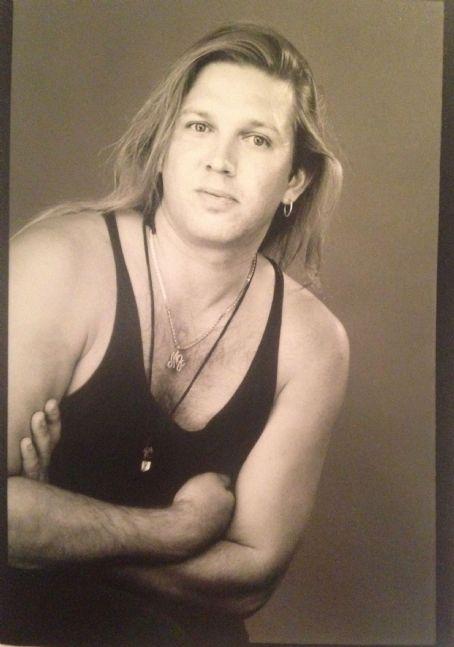
#Franz marc cause of death tv#
Between 19, he wrote various TV programs and mini-series. He was 78 years old at the time.Īuthor Leon van Nierop told Channel24 that Franz died on Sunday at 9:45 in Pretoria from Covid-19 problems.įranz began his career in television as a full-time actor in 1968 and later as a director. South African writer and Egoli creator Franz Marx dies of Covid-19 complicationsįranz Marx, a South African writer, and filmmaker have died.

It is the postcard idyll that the museum shops of this world love the artist for: the beauty of nature is reflected in the brilliantly intertwined shapes of the bodies, the clouds and the landscape.Īs World War I approaches, the scenes in Marc's sketchbooks become more gruesome.īut despite all its brutality, it is fascinating how precisely he had the composition of the later work in mind even in these preliminary studies. Instead of dead ones, Marc depicted two red deer here (1912). How peaceful is the image that museum director Cathrin Klingsöhr-Leroy deliberately places at the beginning of the show, opposite the downed deer. The postcard idyll that Franz Marc is known for can also be seen The "killed deer" (1913), for example, died alone.Īnd as crooked as the carcass lies, the end of the animal must have been just as painful. The sky is drenched in blood, the landscape gloomy, no shelter, no escape in sight. It is not a natural death that the deer, foxes and horses die in these images.

Inspired by Gustave Flaubert's (1821-1880) novella "The Legend of Saint Julian the Hospitable" (1877), from 1907 Marc created more and more disturbing sketches, watercolors and ink drawings that capture the suffering of dying animals. In the Franz Marc Museum in Kochel, you can now trace the artist's transformation from a man of harmony to a crusader for a good cause in the touching exhibition "Animal Destinies". It was a desperate pipe dream turned into an undoubted nightmare. He hoped that the misery caused by industrialization, the social injustice, the double standards on the battlefields would come to an end and that a new Europe could grow out of the rubble.įirst the apocalypse, then the resurrection.

The gifted painter and draftsman, who was fatally hit in the head by shrapnel near Verdun in 1916, ultimately believed that war could also be a kind of cleansing. "Pointless bloodshed." It's basically a white mold.įranz Marc (1880-1916) seemed to question this at the end of his short life. It touches how the artist foresaw the First World War in his works.

The Franz Marc Museum in Kochel shows the exhibition "Animal fates". Peaceful: Franz Marc's “Red Deer II” (1912). Franz Marc Museum Kochel: "Animal fates" exhibition has a long-lasting effect


 0 kommentar(er)
0 kommentar(er)
